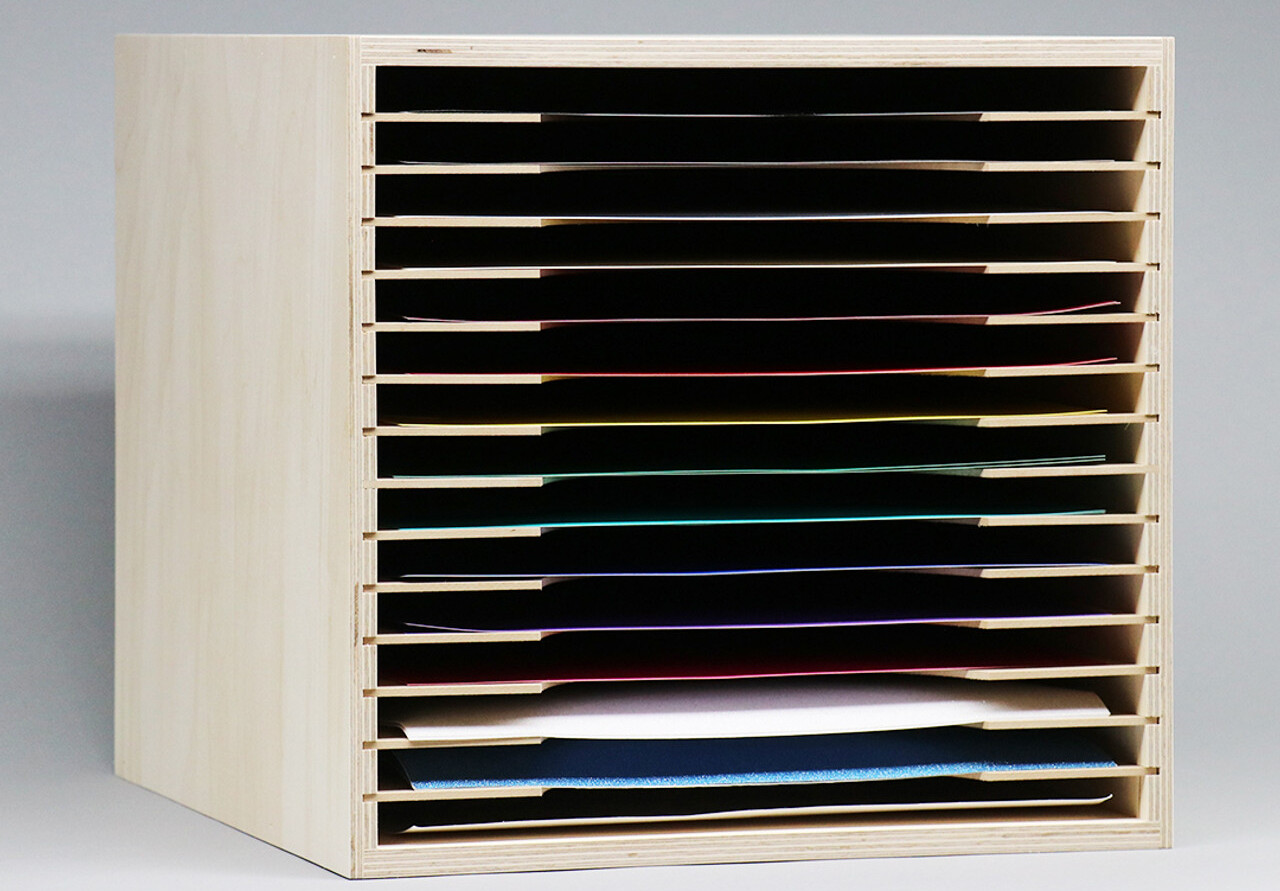

Articles
How To Store Vinyl Sheets Flat
Modified: December 7, 2023
Learn how to properly store your vinyl sheets to keep them flat and protected. Read our informative articles for helpful tips and tricks.
(Many of the links in this article redirect to a specific reviewed product. Your purchase of these products through affiliate links helps to generate commission for Storables.com, at no extra cost. Learn more)
Introduction
When it comes to storing vinyl sheets, it’s crucial to keep them flat. Vinyl sheets are commonly used in various industries, including crafts, arts, and signage. Whether you’re a professional artist or an avid hobbyist, properly storing your vinyl sheets is essential to maintain their quality and usability.
Storing vinyl sheets flat helps prevent them from warping, creasing, or getting damaged. Vinyl sheets, especially larger ones, have a tendency to curl or develop bends if not stored correctly. This can make it difficult to work with them in the future and can negatively impact the final outcome of your projects.
In this article, we will explore why storing vinyl sheets flat is important and provide you with some valuable tips and methods to effectively store them.
Key Takeaways:
- Properly storing vinyl sheets flat is crucial for maintaining their quality and usability, preventing warping, creasing, and preserving adhesive quality. Utilize acid-free materials and handle with care to ensure longevity.
- Choose from various methods such as using flat storage containers, polyethylene sleeves, or acid-free envelopes to store vinyl sheets flat. Label and organize for easy access, and handle with care to maintain their integrity.
Read more: How To Store Vinyl Sheets
Why Storing Vinyl Sheets Flat is Important
Storing vinyl sheets flat is important for several reasons:
- Prevents warping: Vinyl sheets are flexible and prone to warping. When stored upright or in a rolled-up position, they can bow or curl over time. Keeping them flat ensures that they maintain their original shape and do not develop any unwanted bends or curves.
- Minimizes creases: Vinyl sheets are often used for creating smooth and seamless designs. Any creases or folds can ruin the aesthetic appeal of the final product. By storing vinyl sheets flat, you can prevent the formation of unsightly creases that may be challenging to remove.
- Preserves adhesive quality: Many vinyl sheets come with a self-adhesive backing. Storing them flat helps preserve the adhesive quality. If vinyl sheets are stored in a rolled-up or uneven manner, the adhesive may lose its stickiness or become unevenly distributed, making it difficult to apply the vinyl smoothly.
- Facilitates easy access: Storing vinyl sheets flat makes it easier to locate and access specific sheets. When stored in a flat position, you can easily flip through and identify the desired sheet, saving time and effort.
- Protects against damage: Vinyl sheets can be delicate and susceptible to damage if not stored properly. Storing them flat minimizes the risk of accidental tears, punctures, or other forms of damage that can occur when they are stored improperly or in a haphazard manner.
By storing your vinyl sheets flat, you not only ensure their longevity but also maintain their quality and usability over time. It is worth the extra effort to store them properly to avoid frustrations and achieve the best results in your projects.
Tips for Storing Vinyl Sheets Flat
Now that we understand the importance of storing vinyl sheets flat, let’s explore some practical tips to help you achieve the best storage results:
- Clean and dry: Before storing your vinyl sheets, make sure they are clean and dry. Any dirt, dust, or moisture can potentially damage the sheets or create an unfavorable environment for storage.
- Choose a suitable storage location: Select a cool, dry, and stable location to store your vinyl sheets. Extreme temperatures and humidity can adversely affect the quality of the vinyl, causing it to warp or deteriorate.
- Avoid direct sunlight: Exposure to sunlight can lead to fading or discoloration of vinyl sheets. Store them away from windows or any other source of direct sunlight.
- Use acid-free materials: Acidic materials can cause the vinyl to degrade over time. Opt for acid-free containers, sleeves, or envelopes to protect your vinyl sheets from damage. Acid-free materials also help prevent yellowing or brittleness.
- Keep away from sharp objects: Avoid storing vinyl sheets in close proximity to sharp objects, as they can cause scratches or tears. Place them in a designated area where they won’t come into contact with any potential hazards.
- Rotate the sheets periodically: If you have a large collection of vinyl sheets, consider periodically rotating them. This helps distribute any potential pressure points and prevents prolonged stress on specific areas of the sheets.
- Label and organize: It’s important to keep your vinyl sheets organized for easy access. Label the containers, sleeves, or envelopes, and categorize them based on color, type, or size. This will save you time and hassle when searching for a specific vinyl sheet.
- Handle with care: When removing or handling vinyl sheets, do so with clean hands to avoid transferring oils or dirt onto the surface. Additionally, handle them gently to prevent any accidental bends or creases.
By following these tips, you can ensure that your vinyl sheets remain in excellent condition and are ready for use whenever inspiration strikes.
Method 1: Using Flat Storage Containers
One effective method for storing vinyl sheets flat is by using flat storage containers. These containers come in various sizes and are designed to accommodate different sheet sizes and quantities.
Here’s how to use flat storage containers for storing vinyl sheets:
- Select the right container: Choose a storage container that is large enough to comfortably fit your vinyl sheets without folding or bending them. Look for one that is sturdy and made from materials like plastic or metal.
- Prepare the container: Before placing your vinyl sheets in the container, make sure it’s clean and free from any residue or debris. Wipe it down with a lint-free cloth or gently wash it if necessary.
- Arrange the sheets: Lay your vinyl sheets flat inside the container, one on top of the other. If you have different sizes of sheets, you can separate them with acid-free dividers or cardboard to keep them organized.
- Keep it flat: Ensure that the vinyl sheets are completely flat and not overlapping. Avoid overcrowding the container to prevent unnecessary pressure on the sheets.
- Add moisture protection: Depending on your storage environment, consider adding moisture-absorbing packets or silica gel packs to the container to protect against excess humidity. This helps prevent moisture-related damage to the vinyl sheets.
- Seal the container: Once all your vinyl sheets are neatly arranged inside, seal the container securely. This helps keep out dust, moisture, and other potential contaminants.
- Label and store: Finally, label the container with relevant information such as the type or color of the vinyl sheets inside. Store it in a cool, dry location away from direct sunlight.
Using flat storage containers is an efficient way to store your vinyl sheets flat while keeping them organized and protected. It allows for easy access and reduces the risk of damage or warping.
Method 2: Storing Vinyl Sheets in Polyethylene Sleeves
Another popular method for storing vinyl sheets flat is by using polyethylene sleeves. These sleeves provide a protective barrier for the sheets while keeping them flat and organized.
Here’s how to store vinyl sheets in polyethylene sleeves:
- Select the right sleeves: Choose polyethylene sleeves that are specifically designed for storing vinyl sheets. Look for sleeves that are made from archival-quality and acid-free materials to ensure the best preservation of your vinyl sheets.
- Prepare the sleeves: Before inserting your vinyl sheets, ensure that the sleeves are clean and free from any dust or debris. You can lightly wipe them down with a clean, lint-free cloth to remove any potential residue.
- Slide in the vinyl sheets: Gently slide your vinyl sheets one by one into individual sleeves. Make sure to position them flat and avoid folding, creasing, or overlapping them.
- Label the sleeves: To keep track of your vinyl sheets, label each sleeve with relevant information such as the color, type, or size of the vinyl sheet inside. This makes it easier to locate specific sheets later on.
- Organize the sleeves: Once your vinyl sheets are safely stored in the sleeves, you can organize them in a binder or filing system. Sort them by category, color, or any other system that works best for you.
- Store in a cool, dry place: Find a suitable location to store the sleeves, such as a drawer or a shelf, away from direct sunlight and extreme temperatures. This ensures the longevity of your vinyl sheets.
- Handle with care: When removing or handling the sleeves, be gentle to avoid accidentally bending or damaging the vinyl sheets. Always handle them by the edges and avoid applying excess pressure.
- Periodically check for any damage: Regularly inspect the polyethylene sleeves for any signs of wear or damage. If you notice any tears or deterioration, replace the sleeves to maintain the integrity of the storage system.
Storing vinyl sheets in polyethylene sleeves provides both protection and organization. It allows you to easily access and browse through your collection, while keeping your vinyl sheets flat and in pristine condition.
Read more: How To Use Flat Sheet Into A Fitted Sheet
Method 3: Storing Vinyl Sheets Between Cardboards
Storing vinyl sheets between cardboards is a simple and effective method to keep them flat and prevent any bending or creasing. This method provides an added layer of protection for the sheets, keeping them safe from dust and potential damage.
Here’s how to store vinyl sheets between cardboards:
- Gather supplies: You will need flat cardboards that are slightly larger than your vinyl sheets. Ensure that the cardboards are clean and free from any debris or rough edges that could potentially harm the sheets.
- Prepare the cardboards: Place one of the cardboards on a clean surface. If desired, you can cover the cardboard with acid-free tissue paper to provide an extra layer of protection for the vinyl sheets.
- Position the vinyl sheets: Place your vinyl sheet flat on top of the cardboard. Ensure that there is no overlapping or folding of the vinyl sheet. If you have multiple vinyl sheets, repeat this step for each sheet.
- Add another cardboard layer: Once the vinyl sheet is in place, position another cardboard on top of the sheet. This creates a sandwich-like structure with the vinyl sheet safely enclosed between the cardboards.
- Secure the cardboards: Use binder clips or rubber bands to hold the cardboards together and keep them tightly secured. This prevents any shifting or movement of the vinyl sheets within the cardboards.
- Label and organize: If you have multiple sets of vinyl sheets, consider labeling the cardboards with relevant information such as the color, type, or size of the vinyl sheets enclosed. This aids in easy identification and organization.
- Store in a suitable location: Find a cool, dry place to store the cardboards with the vinyl sheets. Avoid areas with high humidity or direct sunlight as they can potentially damage the sheets.
- Handle with care: When handling the cardboards with the vinyl sheets, be cautious not to apply excessive pressure or bend them. Always hold them by the edges to prevent any accidental damage.
Storing vinyl sheets between cardboards is a cost-effective and efficient method to keep them flat and protected. It allows for easy organization and access to your vinyl sheets whenever you need them.
Store vinyl sheets flat in a cool, dry place away from direct sunlight and heat sources. Use acid-free plastic sleeves or flat storage boxes to prevent warping or damage.
Method 4: Hanging Vinyl Sheets with Clips
Hanging vinyl sheets with clips is a versatile and convenient method for storing and organizing your vinyl sheet collection. This method not only keeps the sheets flat but also allows for easy browsing and access.
Here’s how to hang vinyl sheets with clips:
- Choose a suitable hanging system: Select a hanging system that suits your needs and available space. This can be a rod, a wire, or even a clothing line hung in a designated area.
- Prepare the clips: Use sturdy and non-damaging clips, such as binder clips or clothespins, that can securely hold the vinyl sheets without causing any damage. Ensure that the clips are clean and in good condition.
- Organize your vinyl sheets: Sort and arrange your vinyl sheets based on size, color, or any other criteria that makes sense to you. This will make it easier to find specific sheets when needed.
- Attach the clips: Attach the clips to the top edge of each vinyl sheet, ensuring that they are secured evenly. Make sure the clips are not too tight to avoid causing any distortion or damage to the sheets.
- Hang the vinyl sheets: Hang the vinyl sheets on the chosen hanging system, spacing them out evenly to prevent overcrowding. Ensure that the sheets are fully extended and not overlapping to maintain their flatness.
- Keep away from direct sunlight: Hang the vinyl sheets in an area away from direct sunlight to prevent any fading or damage caused by UV rays. Sunlight exposure can degrade the quality of vinyl over time.
- Label and categorize: To facilitate easy identification, consider labeling each vinyl sheet or group of sheets with relevant information. This can include the color, type, or project associated with each sheet.
- Regularly check for any sagging or damage: Periodically inspect the hanging system to ensure that it is secure and that none of the vinyl sheets are sagging or at risk of falling. Replace any damaged clips as needed.
Hanging your vinyl sheets with clips not only keeps them flat and organized, but also creates an aesthetically pleasing display. It makes it easy to browse through your collection and quickly find the sheet you need for your next project.
Method 5: Storing Vinyl Sheets in Acid-Free Envelopes
Storing vinyl sheets in acid-free envelopes is a popular method due to its simplicity and effectiveness in keeping the sheets flat and protected from environmental factors. Acid-free envelopes provide an additional layer of defense against deterioration and damage.
Here’s how to store vinyl sheets in acid-free envelopes:
- Purchase acid-free envelopes: Look for acid-free envelopes specifically designed for archival purposes. These envelopes are made from acid-free materials that prevent deterioration and discoloration of the vinyl sheets.
- Clean the envelopes: Before placing your vinyl sheets in the envelopes, ensure they are clean and free from any debris. Wipe the envelopes down with a clean, lint-free cloth to remove any dust or residue.
- Prepare the vinyl sheets: Ensure that your vinyl sheets are clean and dry before inserting them into the envelopes. Remove any excess adhesive or debris if necessary.
- Insert the vinyl sheets: Gently slide each vinyl sheet into an acid-free envelope. Make sure to position the sheet flat and avoid folding or creasing it.
- Seal the envelopes: Seal the envelopes securely to prevent any dust, moisture, or other contaminants from entering. Some acid-free envelopes may come with self-adhesive closures, while others can be sealed with archival tape or stickers.
- Label the envelopes: Label the envelopes with relevant information such as the color, type, or size of the vinyl sheets inside. This makes it easier to identify specific sheets without having to open every envelope.
- Store in a suitable location: Find a cool, dry place to store the acid-free envelopes. Avoid areas with high humidity or direct sunlight, as these can cause damage to the vinyl sheets.
- Handle with care: When removing or handling the envelopes, be gentle to avoid bending or damaging the vinyl sheets. Always handle them by the edges to prevent any accidental creases.
Storing vinyl sheets in acid-free envelopes offers a practical and protective solution. It helps to prolong the lifespan of your vinyl sheets by shielding them from the damaging effects of oxidation and environmental factors.
Method 6: Using Acid-Free Vinyl Sheet Boxes
Using acid-free vinyl sheet boxes is an excellent method for storing and organizing your vinyl sheets while ensuring their long-term preservation. Acid-free boxes provide a protective and stable environment that helps keep the sheets flat and shielded from external elements.
Here’s how to use acid-free vinyl sheet boxes for storing your vinyl sheets:
- Purchase acid-free vinyl sheet boxes: Look for acid-free boxes specifically designed for archival purposes. These boxes are made from acid-free materials that prevent deterioration and discoloration of the vinyl sheets over time.
- Prepare the boxes: Before placing your vinyl sheets inside the boxes, ensure they are clean and free from any debris. Wipe down the boxes with a clean, lint-free cloth to remove any dust or residue.
- Organize your vinyl sheets: Sort and categorize your vinyl sheets based on size, color, or any other criteria that works for you. This will make it easier to locate specific sheets later on.
- Position the vinyl sheets: Place your vinyl sheets flat inside the acid-free boxes, one on top of the other. If you have different sizes of sheets, you can separate them with acid-free dividers or place them in acid-free envelopes within the box.
- Fill any empty spaces: If there are any empty spaces in the box, fill them with acid-free tissue paper or archival foam inserts. This prevents the vinyl sheets from shifting or bending within the box.
- Label the boxes: Label each box with relevant information such as the color, type, or size of the vinyl sheets inside. This makes it easier to locate specific sheets without having to open every box.
- Store in a suitable location: Find a cool, dry place to store the acid-free vinyl sheet boxes. Avoid areas with high humidity or direct sunlight, as these can cause damage to the vinyl sheets.
- Handle with care: When removing or handling the boxes, be cautious not to drop or mishandle them. Ensure that you hold the boxes from the bottom to prevent any accidental damage to the vinyl sheets inside.
Using acid-free vinyl sheet boxes is a reliable and efficient method for storing and protecting your vinyl sheets. It offers a safe and organized solution that helps maintain the quality and longevity of your vinyl sheet collection.
Read more: How To Fold A Flat Sheet
Method 7: Storing Vinyl Sheets in a Portfolio
Storing vinyl sheets in a portfolio is a practical and convenient method that allows for easy organization and transportation of your vinyl sheet collection. Portfolios are designed to keep the sheets flat and protected while providing a compact and portable storage solution.
Here’s how to store vinyl sheets in a portfolio:
- Select a suitable portfolio: Choose a portfolio specifically designed for storing artwork or documents. Look for a portfolio that is large enough to accommodate your vinyl sheets without folding or bending them.
- Prepare the portfolio: Ensure that the inside of the portfolio is clean and free from any debris. Wipe it down with a clean, lint-free cloth to remove any dust or residue.
- Arrange the vinyl sheets: Lay your vinyl sheets flat inside the portfolio, one on top of the other. If you have different sizes of sheets, you can separate them with acid-free dividers or place them in acid-free sleeves within the portfolio.
- Keep it organized: If you have a large collection of vinyl sheets, consider labeling or categorizing each section of the portfolio. This makes it easier to locate specific sheets or groups of sheets when needed.
- Secure the portfolio: Zip or close the portfolio securely to keep your vinyl sheets protected from dust, moisture, and other potential hazards. Make sure the closure is secure and won’t accidentally open during transport or storage.
- Store in a suitable location: Find a cool, dry place to store the portfolio. Avoid areas with high humidity or direct sunlight, as these can cause damage to the vinyl sheets.
- Transport with care: When carrying or transporting the portfolio, handle it with care to avoid any accidental bending or damage to the vinyl sheets inside. Hold the portfolio with both hands and keep it in an upright position.
- Periodically check for any damage: Regularly inspect the portfolio and vinyl sheets for any signs of wear or damage. If you notice any tears, creases, or deterioration, take the necessary steps to repair or replace the affected vinyl sheets.
Storing vinyl sheets in a portfolio provides a convenient and organized solution that allows you to easily access and transport your collection. It keeps your vinyl sheets flat, protected, and ready to use whenever inspiration strikes.
Method 8: Rolling Vinyl Sheets with Care
In some cases, you may need to roll your vinyl sheets for storage or transportation purposes. While it is generally recommended to store vinyl sheets flat to prevent warping or creasing, rolling can be a viable option if done with care and proper technique.
Here’s how to roll vinyl sheets with care:
- Clean and prepare the vinyl sheets: Ensure that your vinyl sheets are clean and dry before rolling them. Wipe down the surface with a clean, lint-free cloth to remove any dust or debris that could cause damage during rolling or storage.
- Choose the right size tube: Select a tube or core that is appropriate for the size of your vinyl sheets. The tube should be sturdy and slightly larger in diameter than the width of the vinyl sheets to prevent excessive curling or creasing.
- Position the vinyl sheets: Lay the vinyl sheet on a flat surface and carefully roll it up from one end. Begin rolling from the shorter side to minimize stress on the vinyl sheet and ensure it remains as flat as possible.
- Secure the rolled vinyl sheet: Once the vinyl sheet is rolled, secure it by using acid-free rubber bands or cotton twill tape. Avoid using materials that contain adhesives or can potentially transfer residue onto the vinyl sheet.
- Label the rolled vinyl sheet: To easily identify the vinyl sheet later on, label the outside of the roll with relevant information such as the color, type, or size of the sheet. This helps to quickly locate the desired sheet without unrolling multiple rolls.
- Store in a suitable location: Find a cool, dry place to store the rolled vinyl sheets. Avoid areas with extreme temperatures or high humidity, as these can impact the quality and integrity of the vinyl sheets.
- Handle with care: When handling rolled vinyl sheets, do so with caution to avoid causing any unnecessary bends or creases. Treat the rolls delicately and avoid dropping or mishandling them.
- Unroll with care: When unrolling a vinyl sheet, do it slowly and carefully. Lay the roll on a clean, flat surface and gently unroll it, avoiding any sudden movements or excessive force that could cause damage to the vinyl sheet.
- Flatten before use: After unrolling the vinyl sheet, allow it to rest flat for a period of time to help alleviate any residual curling or creasing. Weighting down the edges with books or placing the sheet between flat surfaces can aid in the flattening process.
While it is generally recommended to store vinyl sheets flat, rolling can be a viable option when done with care and proper technique. By following these guidelines, you can effectively roll and store your vinyl sheets while minimizing the risk of damage or deformation.
Conclusion
Properly storing vinyl sheets flat is crucial for maintaining their quality and usability. Whether you’re an artist, crafter, or enthusiast, implementing the right storage methods will preserve the integrity of your vinyl sheets and allow for effortless access when tackling your creative projects.
In this article, we explored various methods for storing vinyl sheets flat. From using flat storage containers to hanging with clips, utilizing acid-free envelopes, or rolling with care, each method offers its own benefits and considerations. Selecting the most suitable method depends on your available space, collection size, and personal preferences.
While it’s essential to choose suitable storage options, other factors such as a clean and dry storage area, protecting against direct sunlight, and handling vinyl sheets with care also contribute to their longevity. Investing in acid-free materials, such as envelopes, sleeves, or dividers, will further safeguard your vinyl sheets from potential damage caused by acidity or moisture.
Remember, organization plays a pivotal role in efficient storage. Properly labeling your storage containers, envelopes, or portfolios enables easy access and eliminates the need to search through each item to find a specific vinyl sheet. Moreover, periodically checking for any signs of damage or deterioration allows you to promptly address any issues and ensure the ongoing preservation of your vinyl sheets.
By implementing these storage methods and incorporating proper handling techniques, you can enjoy hassle-free access to your vinyl sheets, maintain their flatness and integrity, and create exceptional projects with confidence.
So, keep your vinyl sheets flat, organized, and well-protected, and let your creativity flow uninterrupted.
Frequently Asked Questions about How To Store Vinyl Sheets Flat
Was this page helpful?
At Storables.com, we guarantee accurate and reliable information. Our content, validated by Expert Board Contributors, is crafted following stringent Editorial Policies. We're committed to providing you with well-researched, expert-backed insights for all your informational needs.

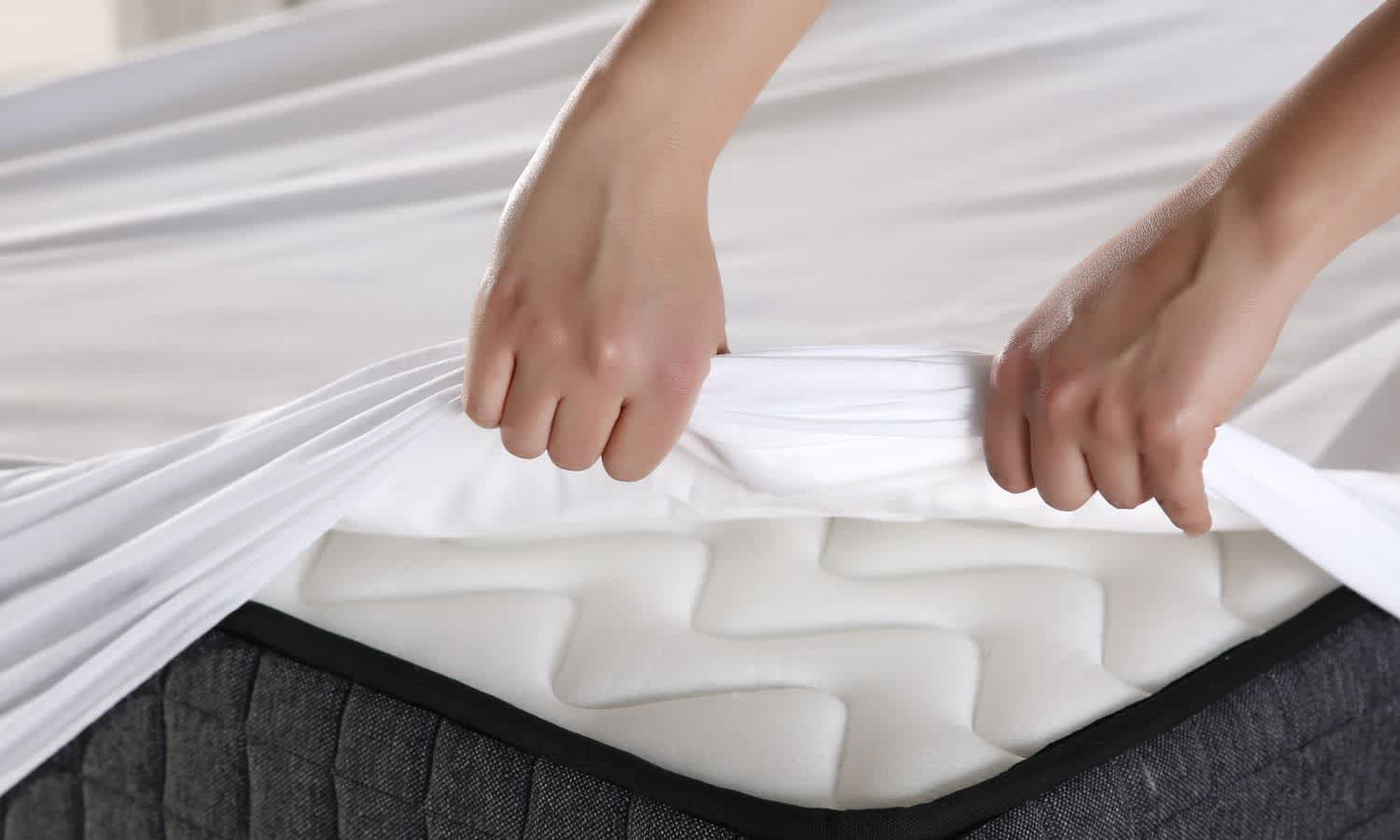
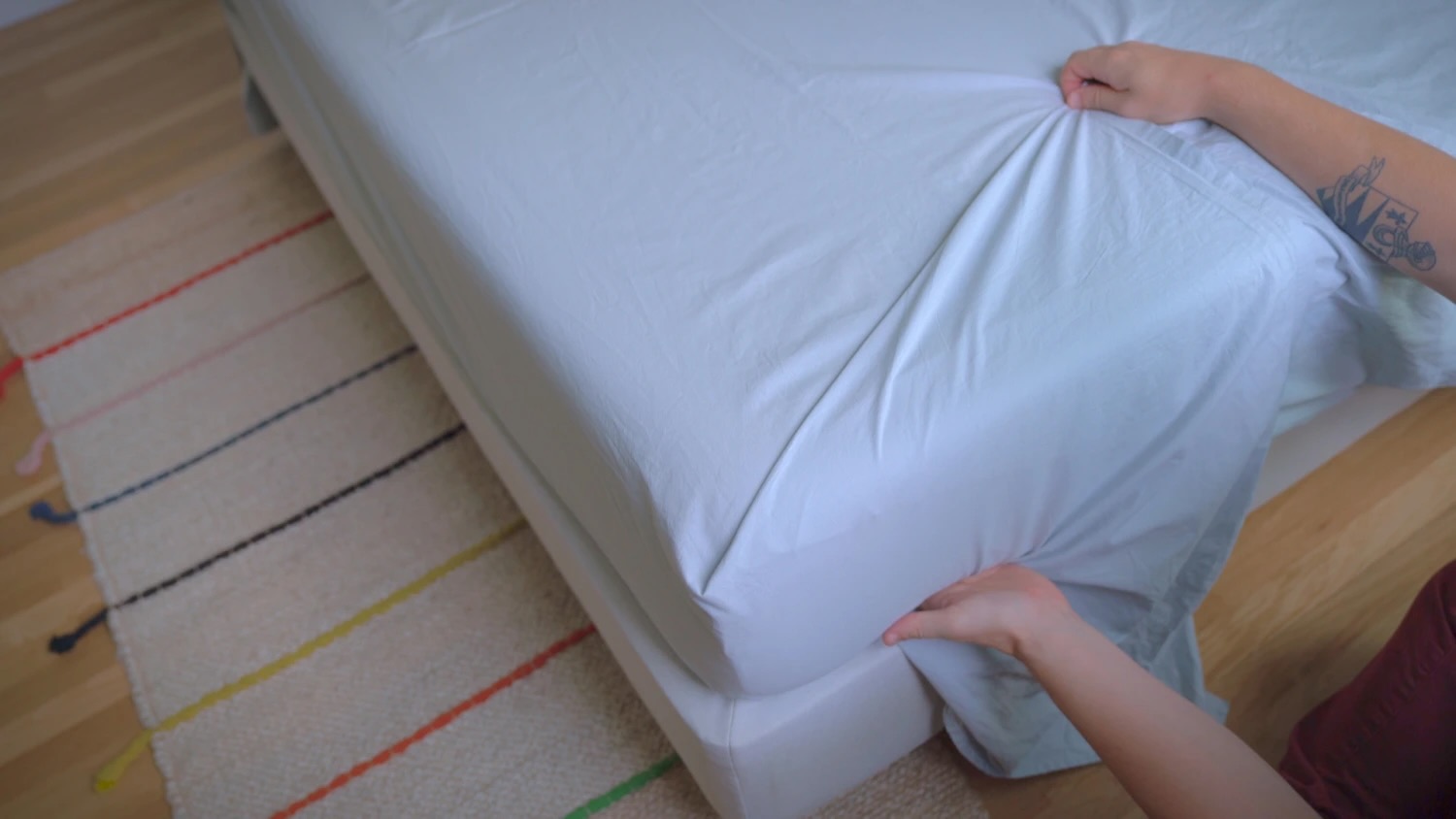
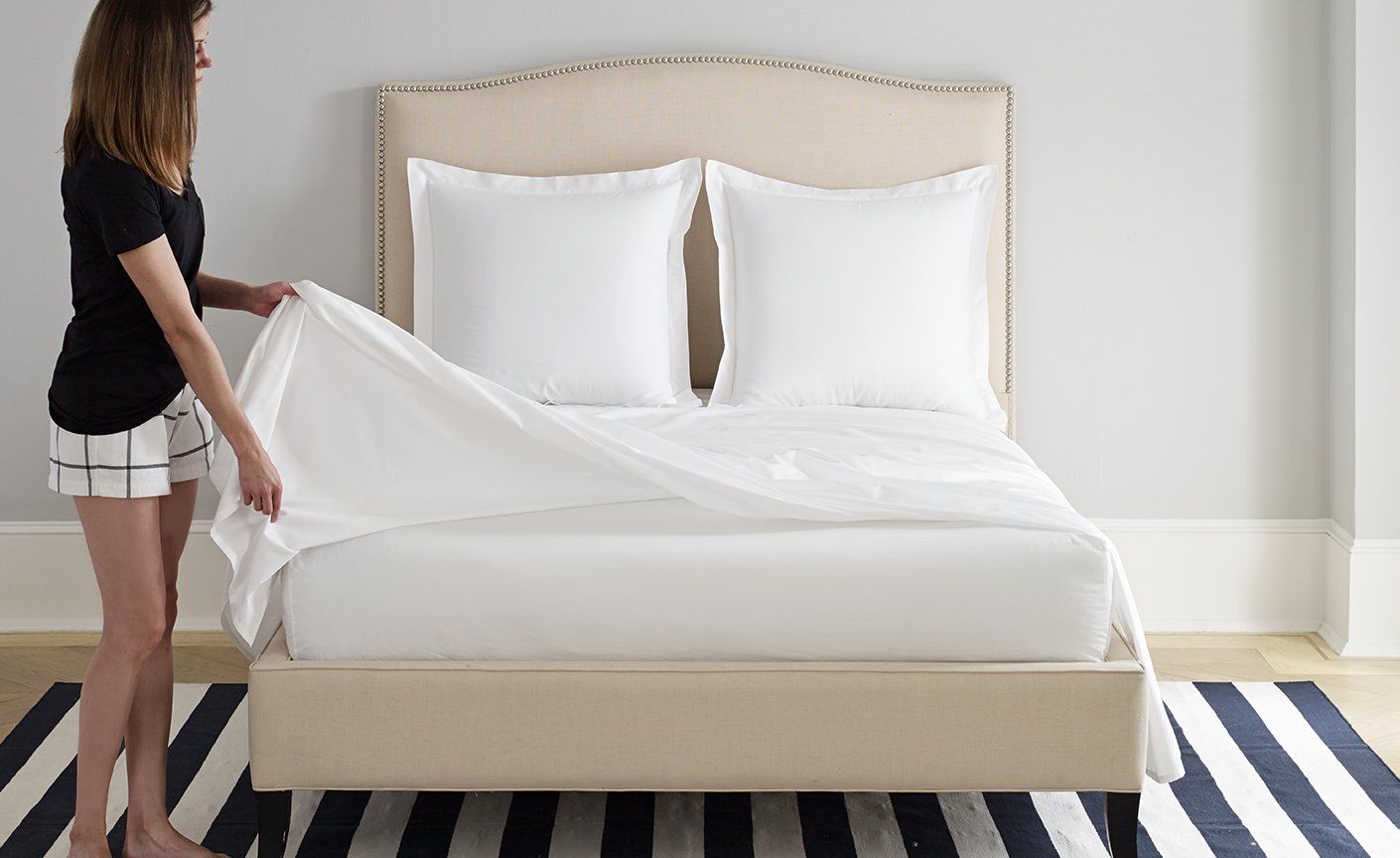
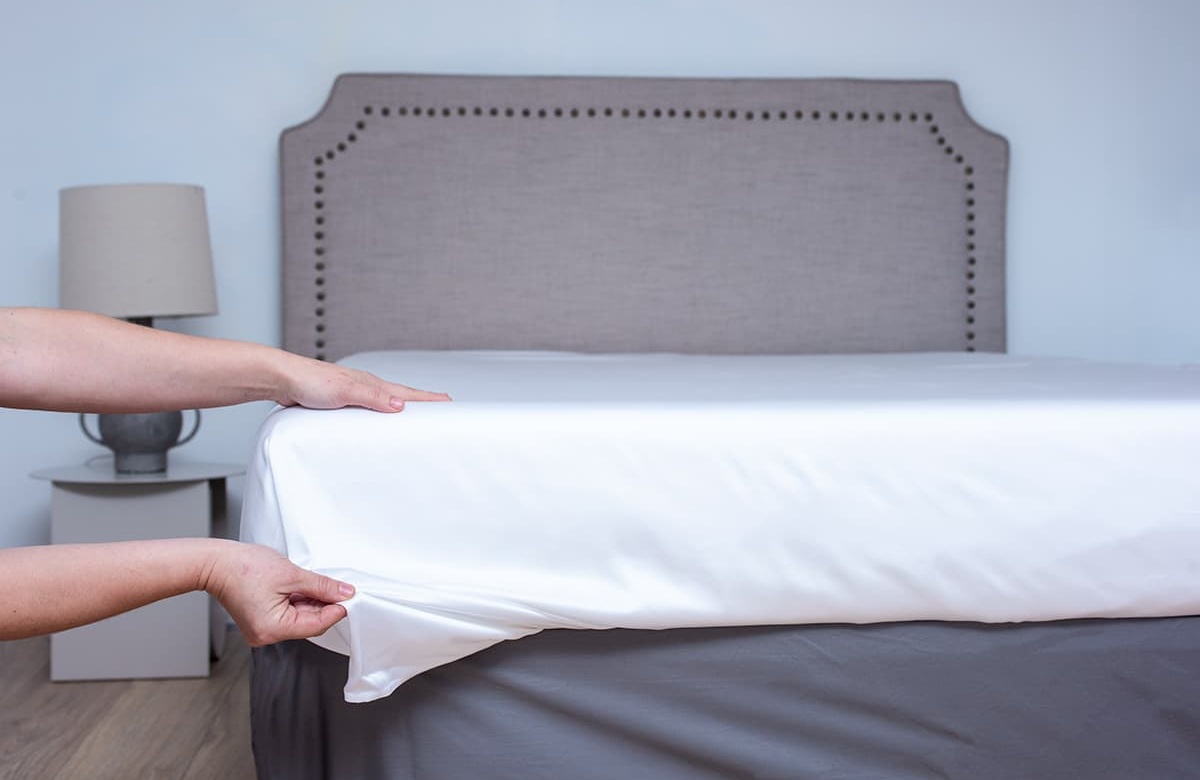
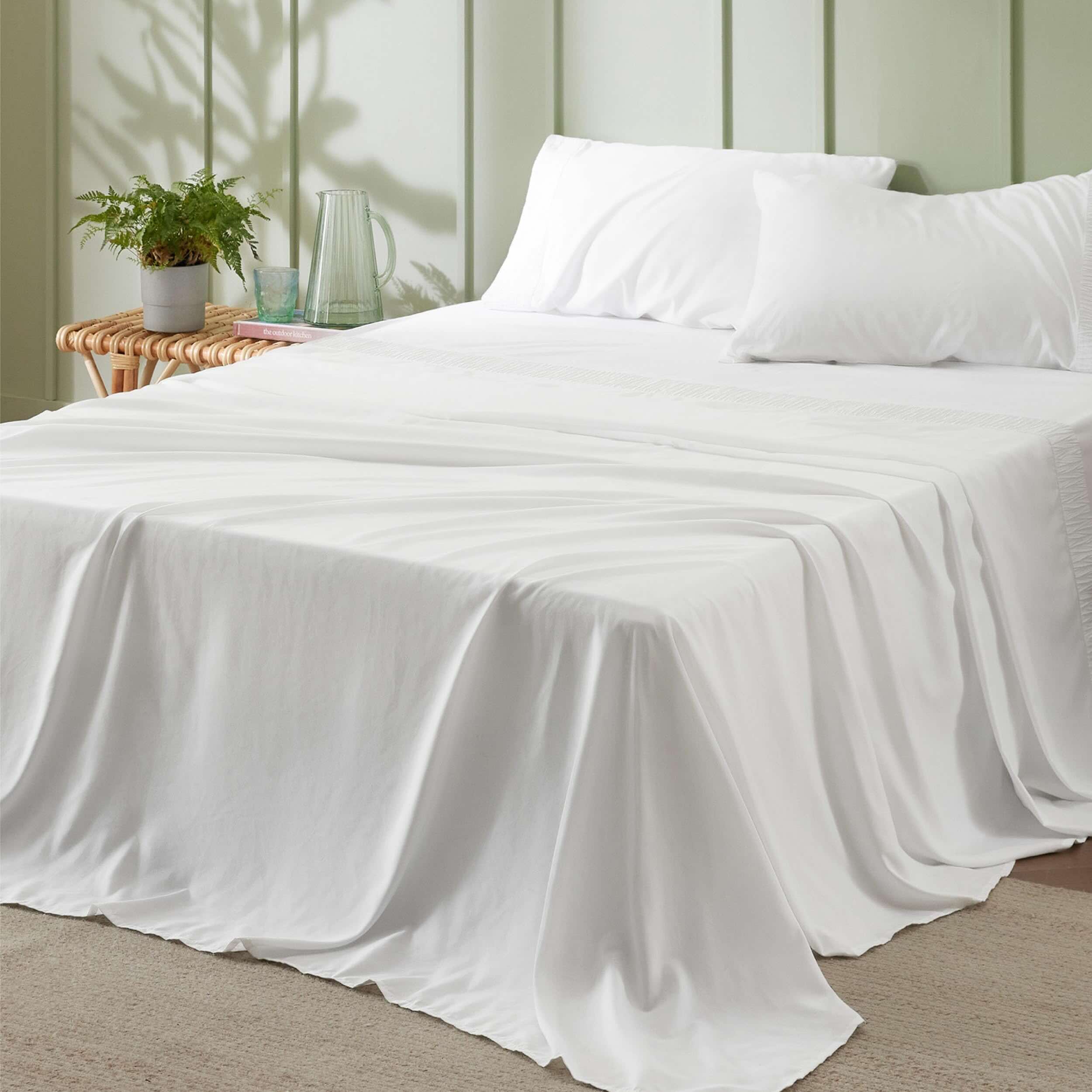
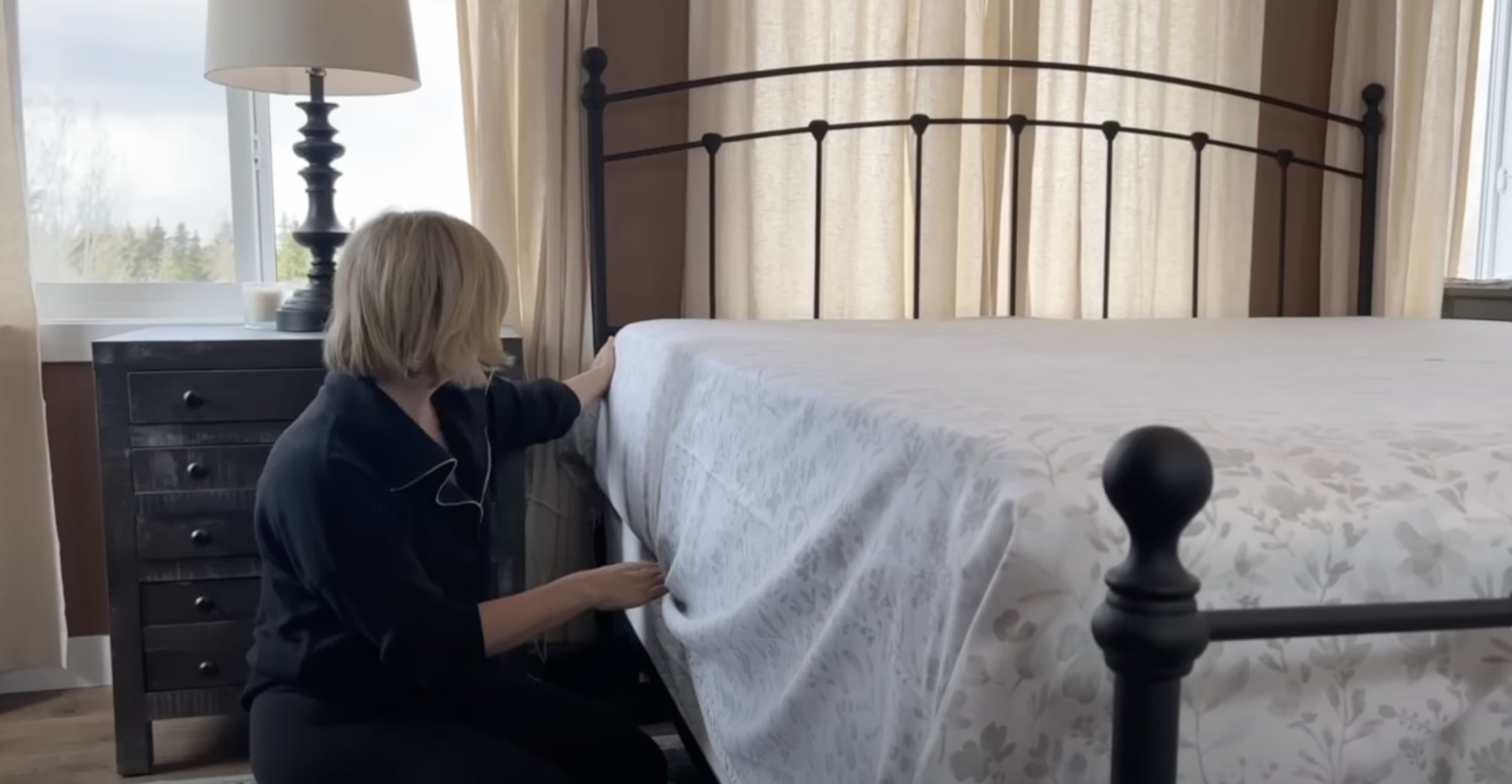
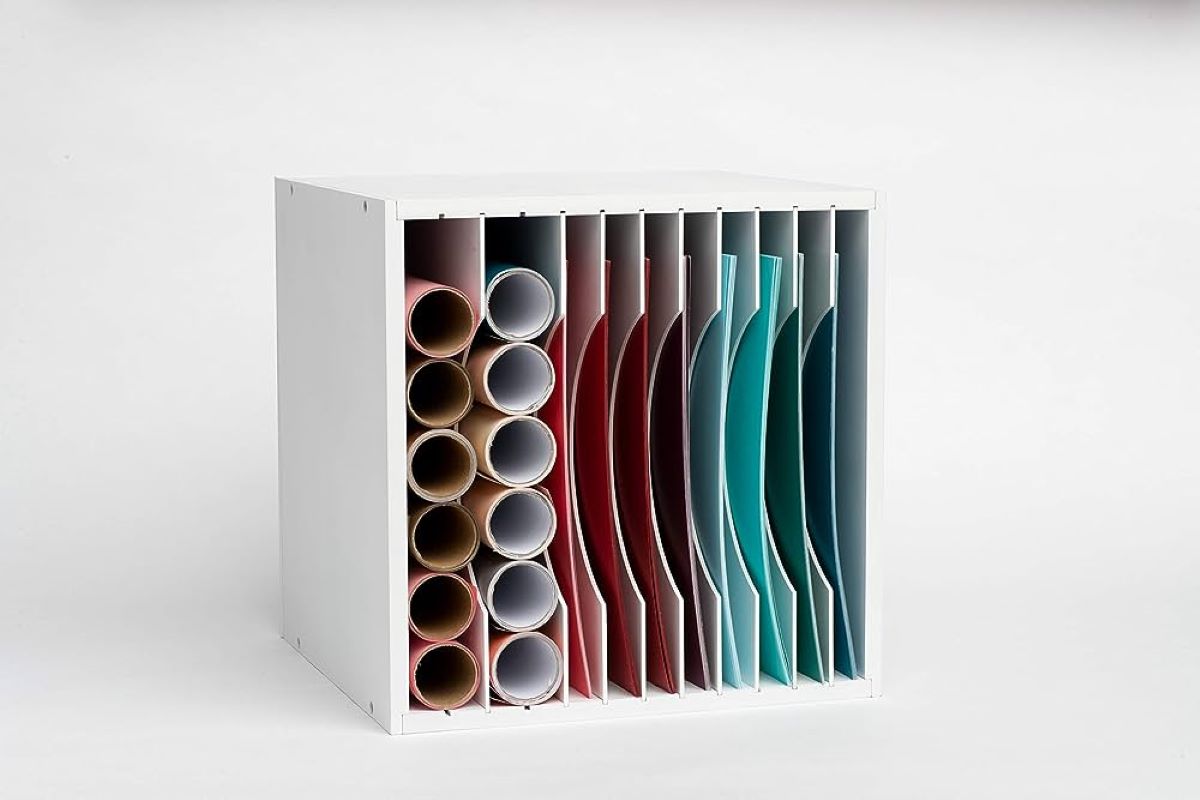
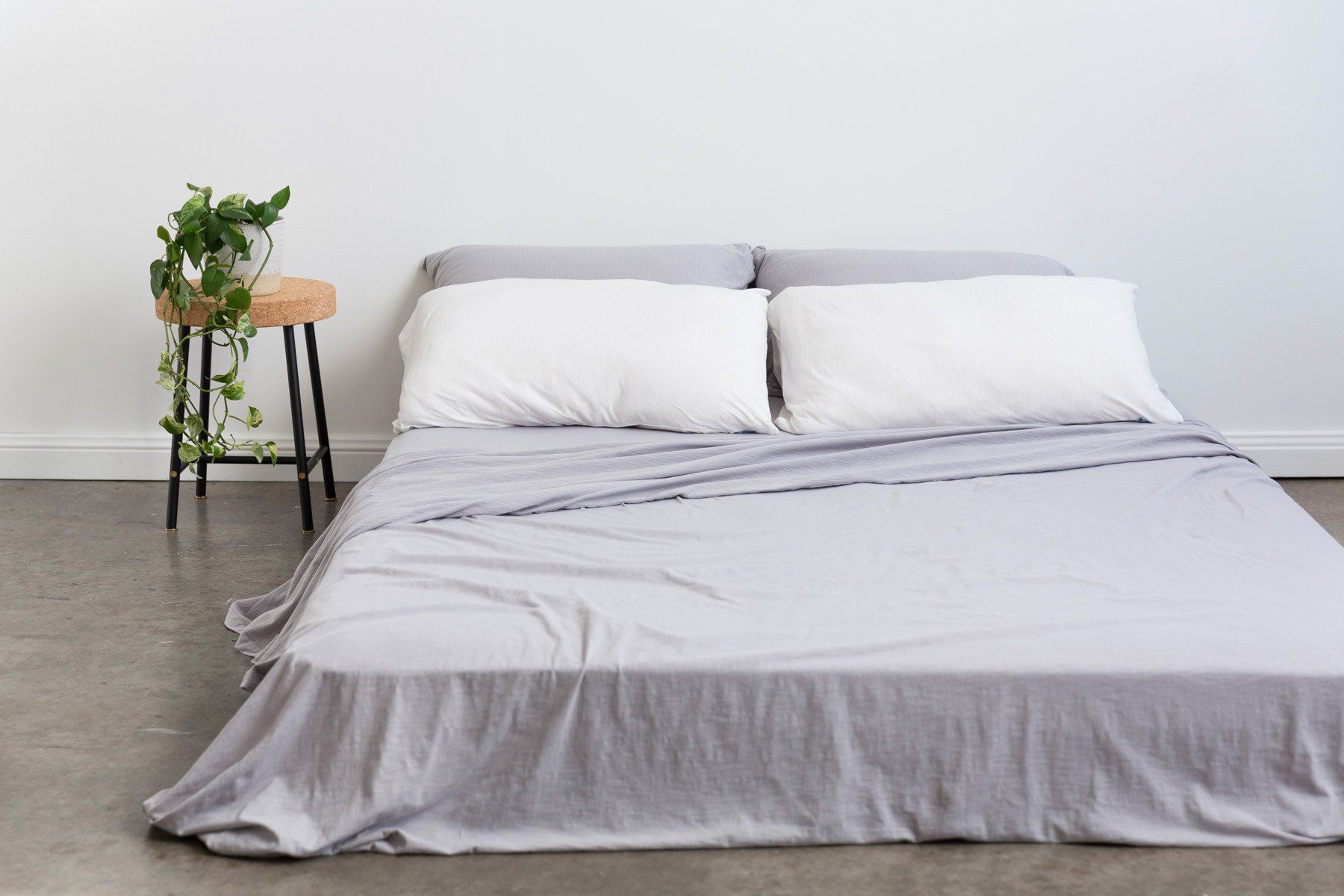
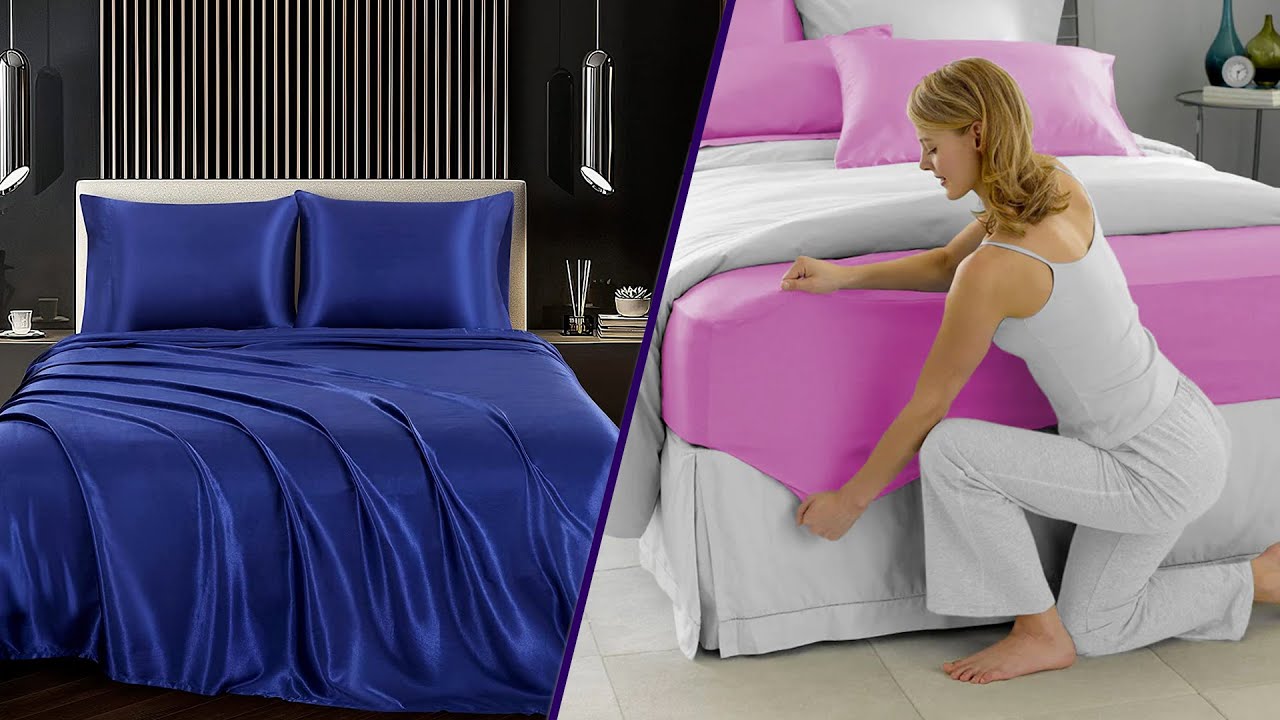
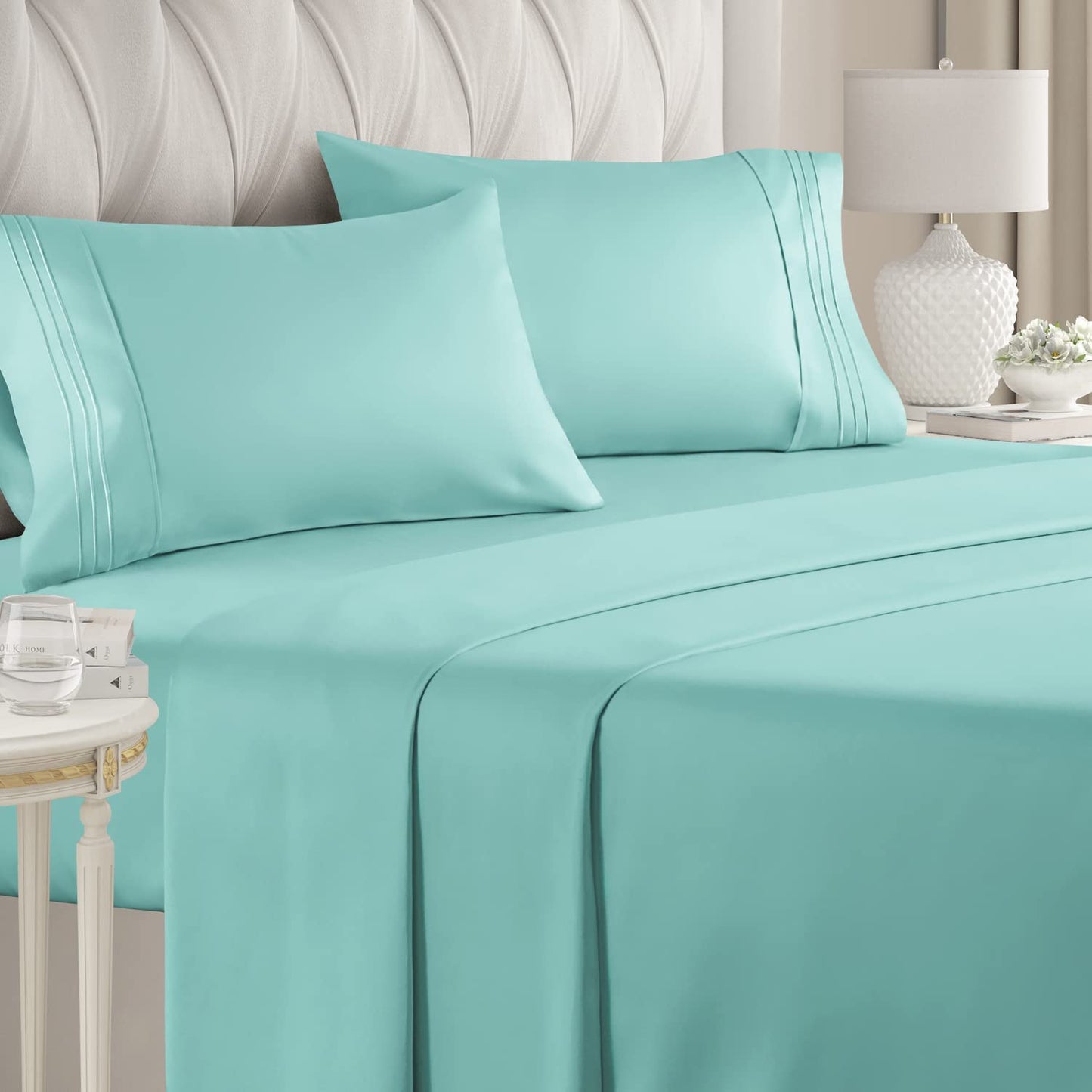
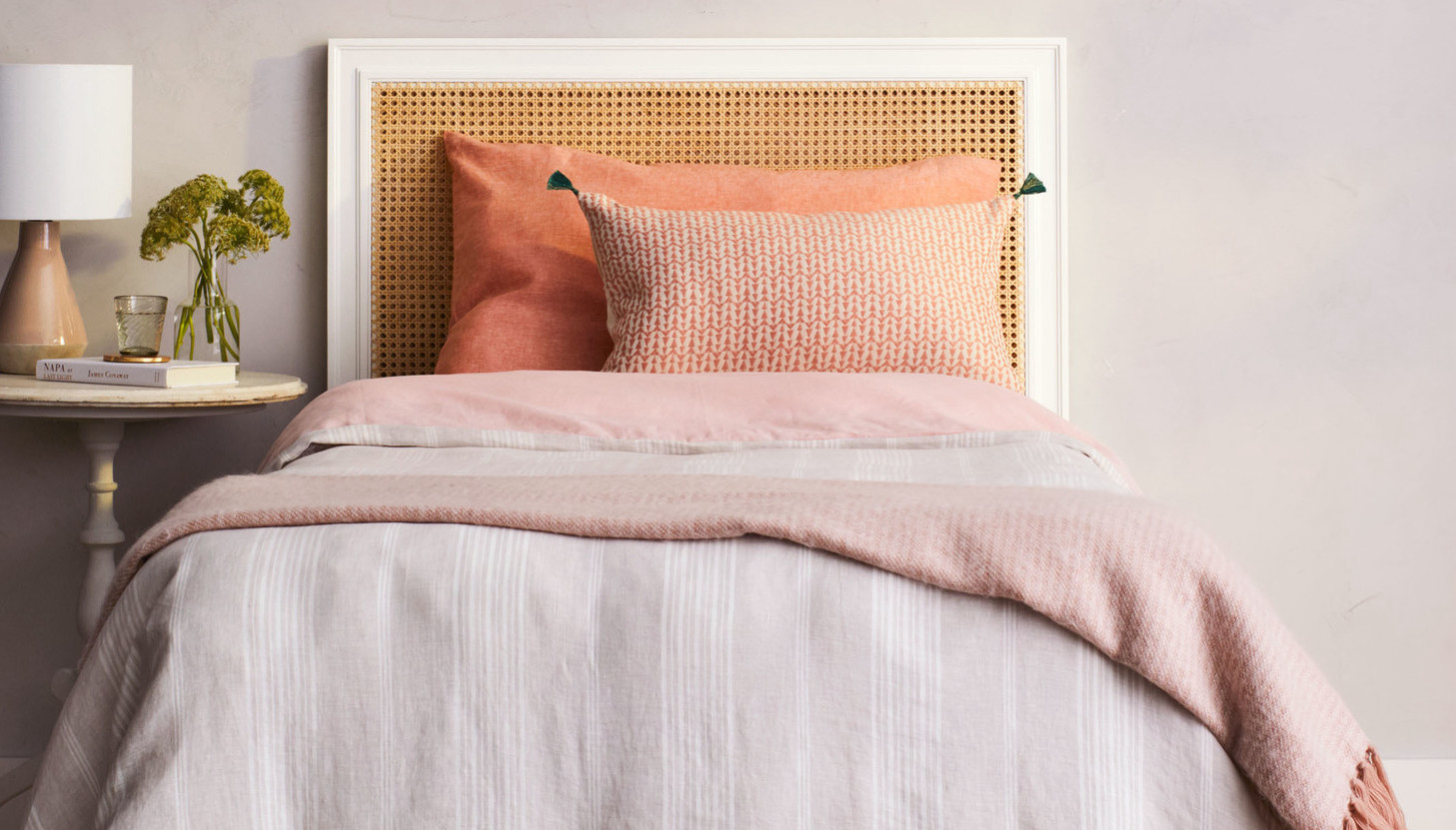


0 thoughts on “How To Store Vinyl Sheets Flat”